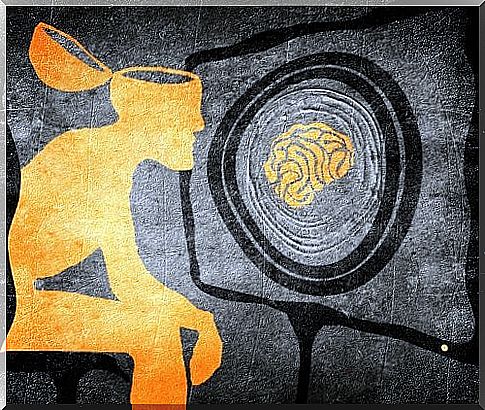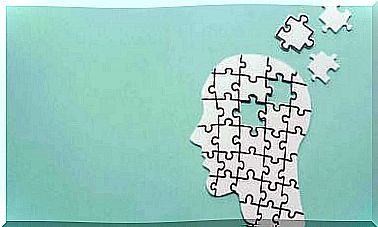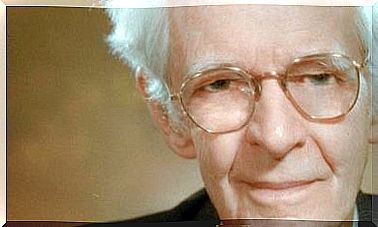10 Media Manipulation Strategies

Although we may be unfamiliar with its name, we owe Sylvain Timsit an important contribution. In 2002, this French writer formulated the 10 media manipulation strategies, which political and economic powers use to massively control citizens. Although 15 years have passed, its decalogue remains a very powerful argument and is still in force today.
This work is considered a classification of mass manipulation maneuvers. Its purpose, according to the author himself, is to create docile, submissive and obedient individuals, as well as to bring about capitalism, inequality and neo-capitalism.
Timsit’s publication went viral within minutes. Its authorship was erroneously attributed to the North American writer Noam Chomsky, although it is true that there are certain contributions of Chomsky’s thought in the presuppositions, especially regarding the critical analysis of the role of the mass media in society. The 10 media manipulation strategies enunciated by the French writer are as follows:
Media manipulation strategies
1. Distraction
The distraction consists in being able to divert the public’s attention from important matters. For example, disseminating news that distracts and informs about trivial or less socially relevant subjects.
The goal is to distract and keep people’s minds busy. In this way, individuals end up letting themselves be carried away by what these means offer. They stop questioning why certain information is not disclosed and end up forgetting the real social problems.

2. Problem – Reaction – Solution
This method is equivalent to launching a “trial balloon” at politics. That is, it consists of testing the population by disseminating rumors or ideas to assess how these would be received by individuals.
Its media format consists of creating a problem to quickly, based on the response of the public, solve it and thus establish itself as social saviors.
3. Graduality
It seeks to manipulate citizens in such a way that they accept socially unjust decisions. This is done progressively, little by little and in successive years.
For example, if the goal is to eliminate 80% of the staff of a large public company, the media that owns this information will incorporate negative news about it (declining sales, stock market decline, rumors of takeover bids …). Thus, little by little, it will raise awareness and prepare citizens for the “great news”. If they launched the coup soon, they could provoke a social uprising.
4. Postpone
Another Timsit media manipulation strategy is to present unpopular decisions as “necessary”, “for a better future” or “for our own good”. They make the public naively believe that citizens’ sacrifices will actually result in remarkable future improvement.
Thus, individuals get used to living unsatisfactorily, and as a result of habit, they end up normalizing their marginal circumstances. In the future, the population will already be resigned and unable to demand what they were fighting for at first.
5. Childen the public
The greater the intention to manipulate individuals, the more children choose to use a tone. On many occasions, the media address viewers as if they were children. They use sweet arguments, characters or intonations that treat people as if they are of low maturity or mentally weak. The objective is, as we said at the beginning, to provoke a reaction that is also submissive and docile in the population, without traces of critical sense.

6. Appeal to emotion
The emotional aspect is much more potent than a clean and purely objective reflection. The media appeals to this affective and sensitive dimension that we all carry within us.
In this way, they affect the critical sense of all citizens and control their reasoning. Remember how powerful fear is and how it can mobilize people for a supposedly “greater” cause.
7. Keep the public in ignorance and mediocrity
For the French writer, the media prefer a public far from intellectuals and culture. Keeping it isolated from all kinds of knowledge and knowledge makes it easier to manipulate it, preventing it from adopting attitudes of insubordination or rebellion. Information is power.
8. Encourage continued mediocrity
Intimately linked to the previous one, this is one of the media manipulation strategies that goes most unnoticed: do the programs offered by television correspond to the citizens’ tastes or are they imposed by the media? That is, do we see what we want or what do they want us to see?
For Timsit, it is very evident: we live hypnotized by consumerism and banality. We are not concerned with knowing what is going on around us because we are trained by a complacent mediocrity.

9. Self-blame
While we are brought up in ignorance, the media makes us believe that we alone are to blame for our misfortunes. And that our little capacity makes us unhappy and unsuccessful people. They seek us to incriminate ourselves and blame ourselves. Thus, they inactivate social mobilization.
10. Complete knowledge of the public
To be able to control, it is necessary to know, and the current oligarchies have taken care of this perfectly. For the French author, psychological, social and technological advances allow large companies to know how each individual breathes. The “system” knows us and, thanks to this power, manages to exercise the manipulation that suits us best at any given time.
This decalogue with Timsit’s media manipulation strategies is one of the most used today to study power systems. Do you know more methods of mass population control that are used by the media nowadays?









